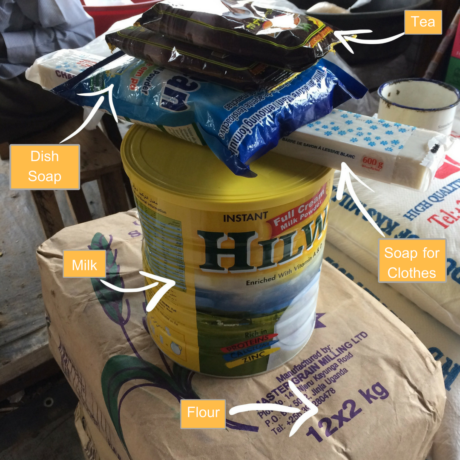South Sudan Finding Hope Amidst the Turmoil
A Digest of South Sudan’s Current Events
Insights on South Sudan’s Famine
In the article “South Sudan Inches Closer to Famine,” the NRC reports the people of South Sudan are arriving at “the lean season”. The lean season happens every year from May to July and happens in part because the people of South Sudan are unable to harvest plants, or shop for food freely and peacefully.
This lean season is man-made, so to speak. South Sudan’s political instability is in part responsible for why contact with food is scarce and food supplies running exceedingly low. Our team on the ground reports that people in South Sudan often eat one meal a day or less. The situation on the ground in the world’s youngest country is quickly spiraling downward and calls for help are made often.
While Rebuild South Sudan cannot take on large scale humanitarian food assistance, there are some small infrastructure projects which contribute to food security. Click here to read more about the boat project.

Many groceries remain economically unavailable for the population in Bor Town. For example, a 32 oz can of powdered milk is $30. That is 62% of a teacher’s monthly salary.
Striving for Peace to End the Refugee Crisis
Even though 2.5 million people have left the country, at least 2 million people are still on the ground in South Sudan according to UN News. The constant fighting often forces people out of their homes and into a life of displacement as an IDP or a refugee. The South Sudanese people not only need a sense of security and safety, but also need to be able to go back to a normal everyday life.
The humanitarian coordinator for South Sudan, Alain Noudehou says that, “a catastrophe situation can be avoided.” A situation such as this can be avoided through humanitarian efforts of raising awareness as well as raising the proper resources that are needed to help the country survive. Our experience on the ground leads us to agree with this, though it will require partnership and perseverance through the rough patches.
Women and children are intensely affected by this insecurity and are therefore seen as key stakeholders to be included in the peace and humanitarian processes. Mr. Noudehou says, “If they are not a part of the dialogue of peace-making, we will be missing a tremendous perspective of what it’s going to take to make the peace much more lasting in [the country],” he then went on to explain that “They understand the plight of the women [because] they have been there and can contribute to a solution that is durable and is effective”. IGAD is working hard to try and quell the situation on the ground and foster the peace process.
Good News: Guinea Worm Coming to Extinction in South Sudan
Many of you may remember when former president Jimmy Carter started his advocacy work in 1982 for treatment of the guinea worm. This newly born country has struggled with ending the painful disease, and fortunately they finally succeeded. According to The Atlanta Business Chronicle, it has been 15 months since South Sudan has experienced any guinea worm outbreaks.
Last fall in Juba, a South Sudanese woman in her seventies showed a scar on her foot to executive director, Katie Rivers. Then she revealed that a guinea worm was pulled out of her foot because of the work Carter did to advocate for treatment of the guinea worm.
The partnership with Carter helped the South Sudanese people work together to make a change in people’s health. We hope the end of this epidemic restores hope for safety and hope in South Sudan. We know change is possible, and we hope you will join us.






